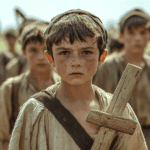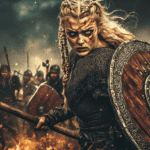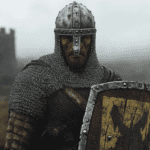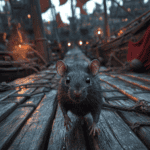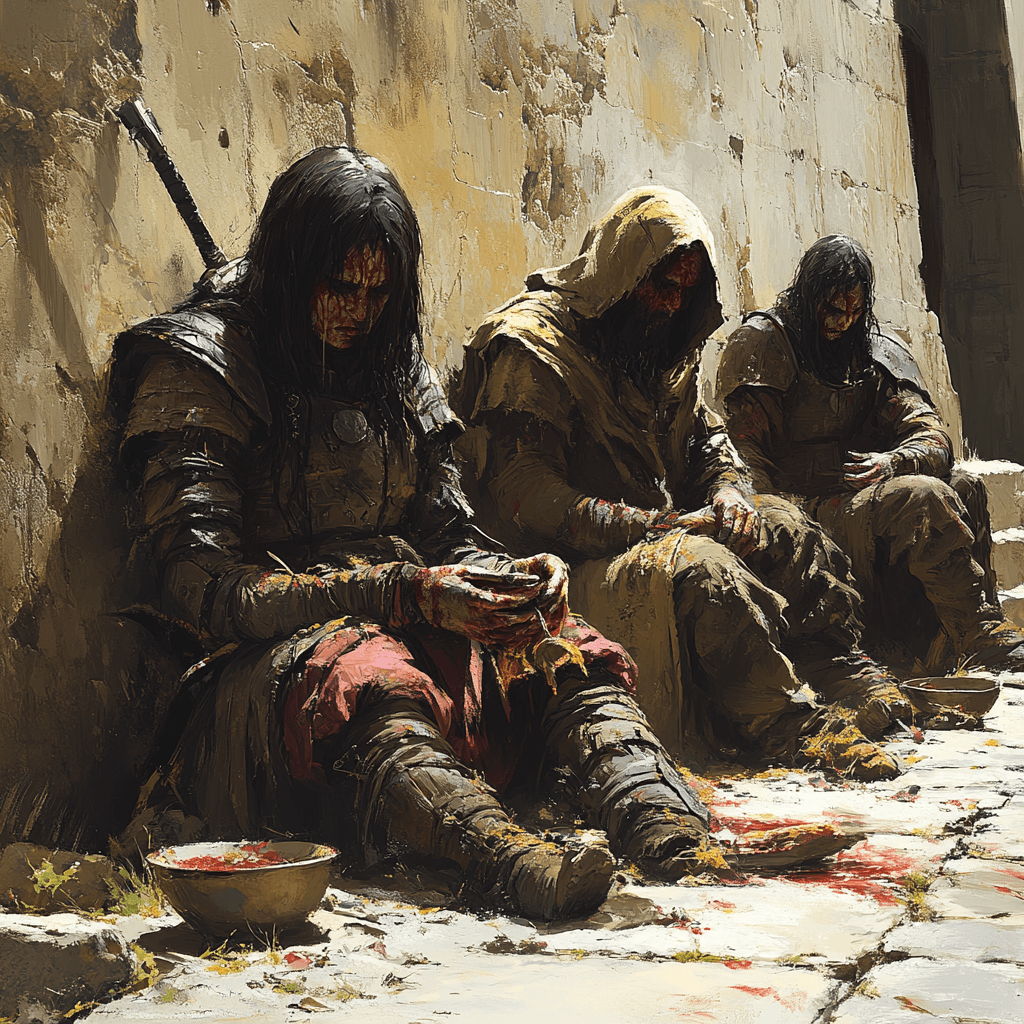
Life in early medieval Europe was, for most people, a daily struggle against hunger, disease, violence, and oppression. Far from the romanticized images of knights and castles, the reality for the vast majority – peasants, serfs, and townsfolk – was defined by hardship, insecurity, and a lack of basic comforts.
Grinding Poverty and Malnutrition
Most people in medieval Europe were peasants, tied to the land and at the mercy of the weather, their lords, and the whims of fate. Poverty was endemic. Only about 20% of rural families had enough land to feed themselves; the rest depended on what little they could grow and the meager wages from selling surplus crops or labor. A poor harvest meant hunger, and famine was a constant threat. The Great Famine (1315–1317) saw grain prices quadruple. Starving peasants reportedly resorted to cannibalism in regions like Flanders.
Malnutrition weakens immune systems, making people – especially children – vulnerable to disease. It’s estimated that 30% of children died before the age of seven, and roughly half of infants didn’t survive their first year. Diets were monotonous and lacking in essential nutrients, especially during winter, when people might subsist on coarse bread, salted meat, and watery ale.
Disease, Filth, and Primitive Medicine
Medieval Europe was a breeding ground for disease. Towns and villages were filthy, lacking any effective sanitation. Human and animal waste was thrown into the streets, rivers, or cesspits, attracting rats and flies and spreading deadly illnesses. In cities, the stench was overwhelming, and outbreaks of diseases like cholera, tuberculosis, and leprosy were common.
Medical knowledge was rudimentary. The prevailing belief was that bad smells (the “miasma”) caused disease, leading to ineffective or even harmful treatments. There were no antibiotics, no understanding of germs, and little pain relief. People relied on herbal remedies, superstition, and prayer. Surgery, when attempted, was brutal and often fatal.
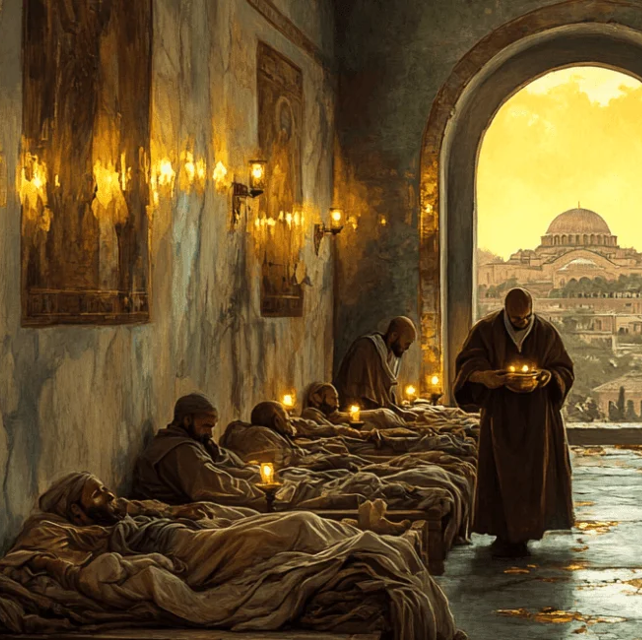
The Plague of Justinian (541–549 CE) killed millions, recurring in waves for centuries. Later, the Black Death (1347–1353) wiped out 30–50% of Europe’s population.
Oppressive Social Structure and Lack of Rights
Medieval society was rigidly hierarchical. At the bottom were serfs – effectively bound to the land and their lords, with no legal rights and little hope of improving their lot. Villeins, a type of serf, needed their lord’s permission to marry, move, or even change jobs.
In Germany, lords restricted access to forests and rivers, criminalizing hunting or foraging without payment. In most societies women were legally property; widows like those aided by Paris’s “good women” shelters (1342 CE) faced destitution without male guardians.
Social mobility was almost non-existent. If you were born poor, you almost certainly died poor. There was no opportunity for education as a means of improving ones chances in life. The nobility and clergy enjoyed wealth, power, and privilege, while the masses toiled endlessly, subject to the whims of their superiors.
Brutal Justice and Harsh Punishments
The legal system in early medieval Europe was draconian whosoever realm the peasant happened to be living in. Petty crimes could result in severe punishments: flogging, mutilation, or execution. Trials often involved ordeals – such as being submerged in water or forced to carry hot irons – to determine guilt. These methods were as arbitrary as they were cruel.
High treason was punished with grotesque executions: hanging, drawing, and quartering, followed by public display of the remains as a warning to others. Even minor offenses could result in public humiliation or corporal punishment.
Relentless Labor and Lack of Leisure
The daily life of a peasant was dominated by backbreaking labor. Work began at dawn and ended at dusk, six days a week, following the agricultural calendar. Tasks included plowing, sowing, harvesting, tending animals, and maintaining the lord’s land. Women and children worked alongside men, with children learning to farm or assist in domestic chores from an early age.
There was little time for rest or recreation. Festivals and holy days provided rare breaks, but for most, life was a repetitive cycle of toil and exhaustion.
Poor Living Conditions and Overcrowding
Peasant homes were small, dark, and smoky, often consisting of a single room shared with animals. The only source of heat was a central hearth, which filled the air with smoke and soot. Furniture was sparse – a couple of stools, a trunk, and a few pots. Overcrowding was common, with multiple generations living under one roof.

In towns, conditions were even worse. Overcrowding, lack of clean water, and poor ventilation made disease outbreaks more likely. Housing for the poor was flimsy and often offered little protection from the elements.
Dangerous and Uncertain Travel
Travel in medieval Europe was perilous. Roads were poor or nonexistent, and travelers risked robbery, violence, or worse in many kingdoms. Inns were rare, and sleeping outdoors exposed travelers to the elements and wild animals. Language barriers, local conflicts, and lack of reliable maps added to the dangers. Most of the peasantry stayed in the immediate vicinity of their own towns or villages all their lives, unless recruited into their lord’s army to go to war.
High Mortality and the Risk of Childbirth
Life expectancy in early medieval Europe was low-around 35 years on average, though this figure is skewed by high infant and child mortality. Surviving childhood was a significant achievement. Women faced the additional risk of dying in childbirth; even queens and noblewomen were not spared. Midwives often relied on superstitions, lacking sterile tools or pain relief.
The death of a parent or child was a common tragedy, and families were often left vulnerable to poverty and exploitation as a result.
Lack of Education and Opportunity
Formal education was reserved for the wealthy or those destined for the Church. Most children learned practical skills at home or as apprentices. Literacy rates were extremely low among the peasantry, knowledge was oral, passed on through folktales or Church sermons.
This lack of education reinforced the rigid social structure, making it nearly impossible for the poor to improve their circumstances.
The Burden of the Church
The medieval Church in Europe was a powerful and rich institution, controlling not only spiritual life but also much of the land and wealth. Peasants were required to pay a tenth of their already small incomes as tithes, attend services, and observe a host of religious obligations. Failure to pay risked excommunication or damnation.
The Church also wielded significant influence over law and education, often reinforcing the status quo where they enjoyed immense privilege.
The Church provided some charity and community, for example, monasteries like Cluny in France distributed alms to the “deserving poor,” including the elderly and widows, but most peasants lacked such support. However, it could also be a source of oppression, demanding complete obedience and punishing dissent. If the Church deemed you a heretic you faced a painful death. Heretics like the Cathars faced extermination during the Albigensian Crusade (1209–1229). Jews were scapegoated for crises, expelled from England (1290) and France (1315).
Constant Threat of Violence and War
Europe, as readers of Dark Ages History know, was not a peaceful place. Local feuds, banditry, and warfare were common. Peasants could be conscripted to fight for their lord or see their lands ravaged by passing armies. Castles provided the common folk with some protection from marauding enemies, if they were allowed in, but they were also centers of power for oppressive lords.
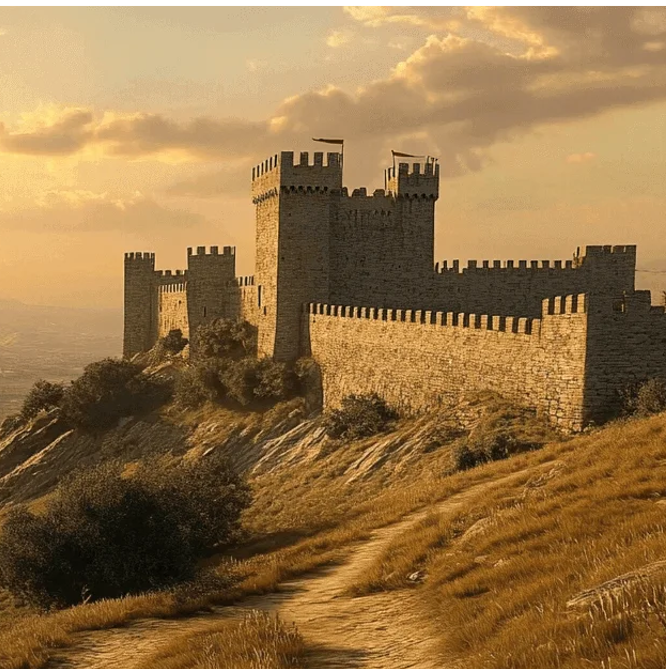
Thankfully We Don’t Live In The Dark Ages
For most people, life in dark age and medieval Europe was a relentless struggle against poverty, disease, oppression, and insecurity. The comforts and opportunities of the modern world were unimaginable. Survival depended on hard work, luck, and the hope that the next harvest – or the next year – would not bring disaster. The realities were grim, and the hardships immense, making the era one of the most challenging periods to endure in European history.

